September 03, 2024
The Cities and BRT Systems Newly Scored with the 2024 BRT Standard
ITDP and the BRT Standard Technical Committee are proud to announce that six cities across the United States, Brazil, and Mexico have received updated scores and recognition based on the new 2024 Standard Scorecard.
Translations of the Standard are upcoming for Arabic, Bahasa Indonesia, Chinese, French, Portuguese, and Spanish.
These Gold, Silver, Bronze, and Basic BRT designations provide insight into real-world applications of the BRT Standard’s guidance for high-quality BRT services and operations and demonstrate the range of achievements in planning and implementation across the six cities. Their work further reflects ITDP’s year of the bus efforts to advocate for bus and public transport systems that are well-funded, well-managed, sustainable, and responsive to the evolving needs of everyday riders.
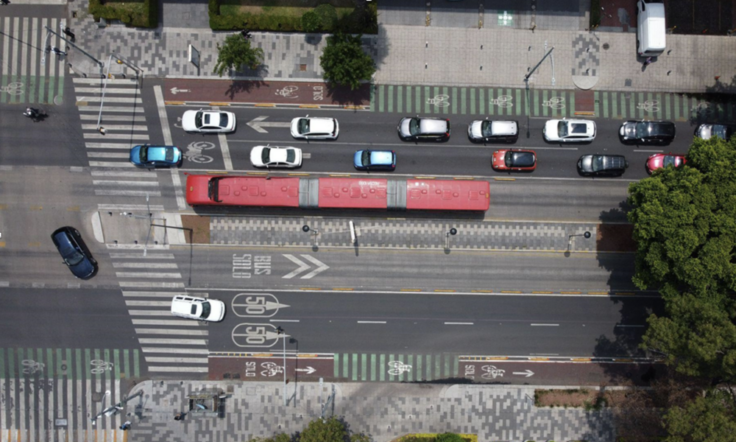
Watch the Blueprint for BRT Success webinar to hear lessons from city representatives.
The cities below have received a mix of new scores and honors for their progress on BRT. Overall, these systems represent a move towards not just low-and-zero emission electric vehicles, but a concentration on greening and resiliency measures that put emissions reductions and clean energy at the forefront. Some systems have also made targeted efforts to improve access, inclusion, and the integration of corridors with other mobility options to ensure that the widest range of communities feel safe, comfortable, and informed when using public transport. Collectively, this work demonstrates the possibilities for even more progress on BRT in these cities. They can also continue to serve as tangible models for other global cities planning or improving their own systems.
Mexico City, Mexico’s Insurgentes corridor, rated Gold, sets a global standard by improving commutes, revitalizing surrounding neighborhoods, and reducing emissions. Insurgentes has been strong on urban integration – particularly with cycling infrastructure and the metro system – as well as accessible station design, inclusion and public safety.
Mexico City’s Trolebús Elevado Line 10 corridor, rated Silver, serves as the first public transit solution in the Iztapalapa district, providing a much-needed connection between the eastern and western parts of the city. Line 10 also incorporates e-buses and climate resiliency measures that set a new model for the region.
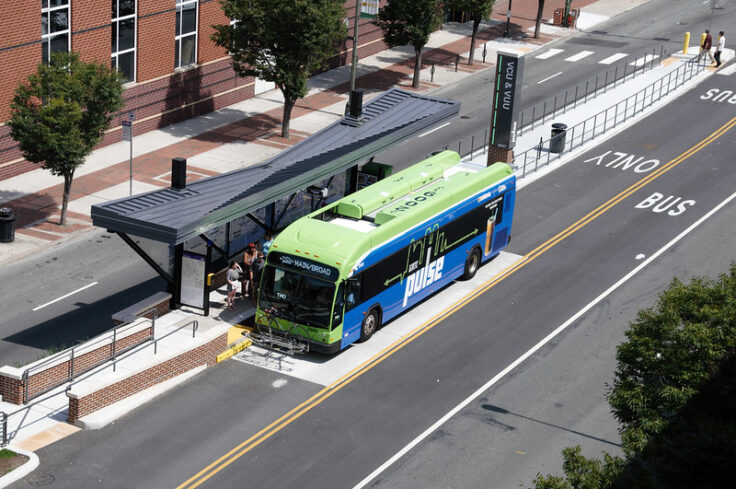
Guadalajara, Mexico’s MiMacro Periférico corridor, rated Silver, gained recognition for its gender-responsive design and caregiver-friendly solutions, while also integrating cycling and walking networks to enhance first and last-mile connectivity. As the area’s second BRT corridor, MiMacro Periférico connects peripheral neighborhoods that were previously underserved by public transport options.
San Francisco, California, USA’s Van Ness corridor, rated Silver, leads the way in modern urban transit with center-running lanes and improvements to reliable service in the central area of the city. Prioritizing transit investments like those on Van Ness aligns with the city’s broader efforts to serve all residents with quality and efficient BRT, bus lanes, and signal priority to facilitate faster commutes, reduce congestion, and revitalize streetscapes. In September 2024, the SFMTA and local transit groups hosted a celebration of Van Ness’ Silver designation for Transit Month, with San Francisco Mayor London Breed and ITDP CEO Heather Thompson in attendance — read more.
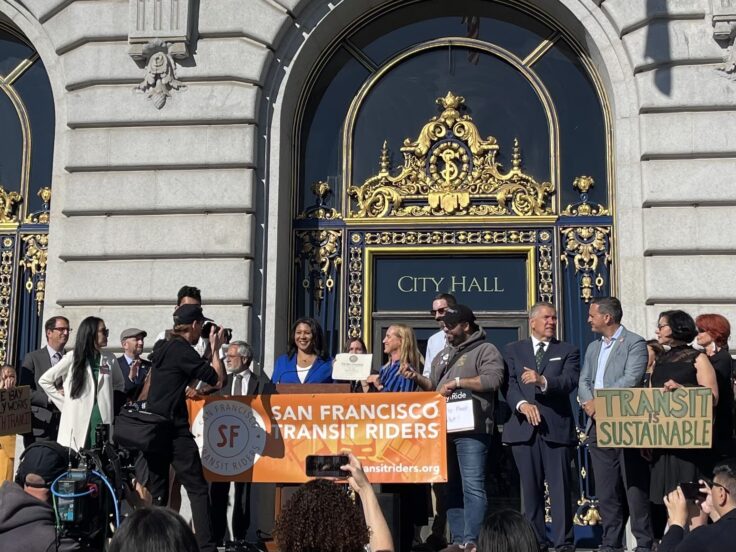
Richmond, Virginia, USA’s Pulse corridor, rated Bronze, first launched in 2018, exemplifies a modern, high-quality rapid transit system in the US. It marks a departure from recent trends in public transport by its ability to continue expanding ridership and spurring related investments along its route. Following the COVID-19 pandemic, Pulse also made headlines for going fare-free, one of the first urban systems to do so to boost access.
Merida, Mexico’s IE-Tram Plancha Kanasín corridor, rated Bronze, marks a new era in sustainable mobility in the region with a 100% electric, zero-emissions fleet of vehicles. Grounded in the development of a new transport agency in the city meant to oversee design and operations, IE-Tram demonstrates the potential for transport innovation in even small and mid-sized cities.
Niteroi, Brazil’s TransOceânica corridor, rated BRT Basic, launched in 2019 as a BHLS corridor (Bus with a High Level of Service) but has now received a BRT designation. This highlights the city’s ongoing efforts to promote BRT and lay a foundation for future bus system enhancements. Niteroi is also demonstrating to other Brazilian cities the possibilities of furthering investment into public transit.
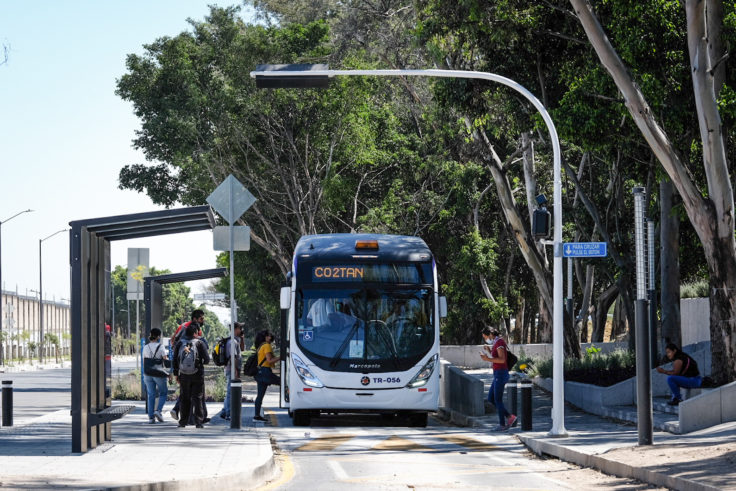
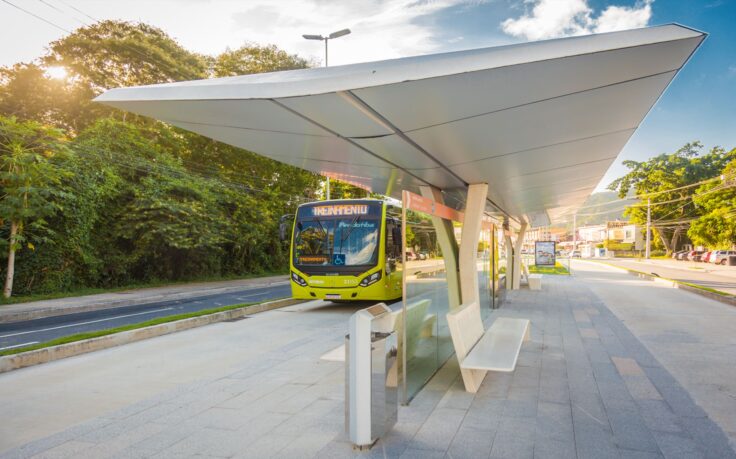
These updated scores were evaluated with the dedicated support of the BRT Standard Technical Committee, a group of leading BRT engineers, designers, and planners that served as a consistent source of sound technical advice and is the basis for establishing the credibility of the Standard. In addition, the Committee is complemented by the Standard’s range of globally recognized Institutional Endorsers, an integrated group of respected institutions in urban development, public transport, and climate. Learn more about these individuals and organizations by downloading the Standard.
These new scores demonstrate to all cities and governments that the right mix of transport investment and innovation can lead to high-quality public transport at all levels. Stay up to date on future Scores and BRT news at BRTStandard.org and via the Sustainable Transport Bulletin.
